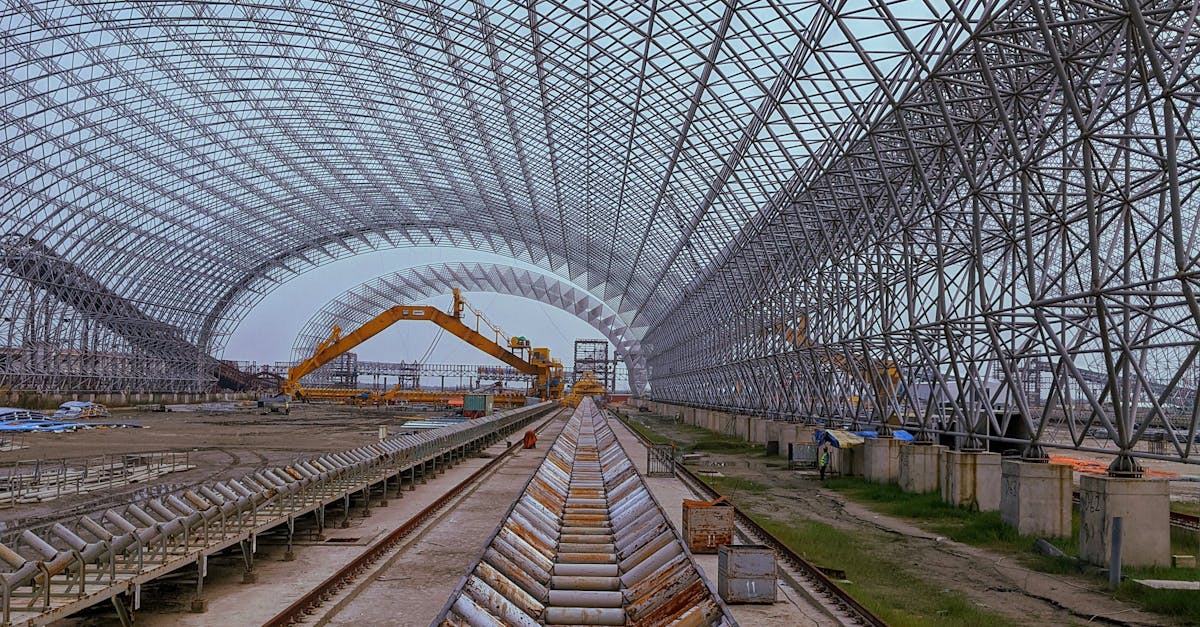Ceramic To Aluminum Roof Substitution Australia

Table Of Contents
Ceramic To Aluminum Roof Substitution Australia
Understanding the Roofing Installation Process Sydney is crucial for homeowners contemplating a tile or ceramic roof replacement. In regions like New South Wales, where weather conditions can be unpredictable, selecting the right materials for your roofing project is essential. Tile and ceramic roofs offer durability and aesthetic appeal, making them popular choices for those looking to enhance the value and longevity of their homes. Navigating this installation process requires careful planning and expertise to ensure that the final outcome meets both your expectations and local building regulations.
As you embark on the journey of roof replacement, becoming familiar with the roofing installation process sydney can help you make informed decisions. Whether you're drawn to the traditional look of tile roofs or the sleek finish of ceramic, understanding the nuances of each material will aid you in selecting the best option for your home's needs. With the right approach and professional guidance, your roofing project can bring not only practical benefits but also elevate the overall aesthetic of your property in Sydney and beyond.
Advantages of Switching to Ceramic Roofing to Steel
Switching to tile roofing to steel offers several benefits for homeowners. One benefit is durability. Metal roofs are famed for their ability to withstand harsh weather conditions, such as heavy rain, snow, and strong winds. This robustness translates into a longer lifespan compared to traditional tile options. Furthermore, steel roofs are more lightweight, making installation easier and more cost-effective for homeowners.
An additional benefit of switching to steel roofing is energy efficiency. Metal roofs reflect sunlight, which can help decrease cooling costs during hot summers. Such reflective properties do not only add to lower energy bills, but they also support a more comfortable indoor environment. Furthermore, many steel roofing options are designed to be environmentally friendly, making a greener choice for homeowners looking to improve their home's efficiency.
Importance of Upgrading to Metal Roofs in Sydney
Upgrading to steel roofs can be an valuable decision in residents in Sydney. The kind of roofing provides enhanced durability to withstand harsh weather conditions, which is important in this climate. In addition, steel roofs demand less maintenance, saving homeowners time and money throughout the years.
A further perk of changing to steel roofing is their energy-saving capabilities. Metal roofs deflect heat effectively, which can help in lowering cooling costs during the hot summer months in Sydney. Moreover, steel roofs are sustainable, often made from recycled materials and being fully recyclable at the end of their lifespan. Such blend of benefits makes this option to change to steel roofing a wise investment for residents in Sydney.
Frequent Issues During Switching Tile Roofing to Metal
Switching tile roofing to metal can pose several challenges for homeowners. One challenge is the weight difference between tile and metal materials. Slate roofing are generally heavier, which may require modifications to the existing roof structure to ensure the roof can support the new material. Additionally, the transition from a roofing type to another often requires compliance with local building codes, which can add complications to the project.
Another common challenge involves the possible for leaks or gaps during the installation process. Metal roofs require precise fitting and sealing to prevent water infiltration, which can lead to problems down the line. Insufficient installation techniques may not only compromise the roof's integrity but also result in higher maintenance costs. Furthermore, the change in roofing style may also affect the home’s overall aesthetic, prompting homeowners to evaluate their choices carefully before proceeding.
Ways to Overcome Issues of Roof Upgrade
Replacing a metal roof from a ceramic roof can present various issues. One concern is the strength of the existing framework. Prior to the installation, it is essential to inspect the condition of the underlying structure. Any weaknesses in the frame can lead to complications during the replacement process. Making necessary reinforcements can ensure a smooth transition to the new roofing material.
A significant issue that may arise is in regard to the adaptation of the roof's layout. Metal roofing systems can differ greatly in style compared to tile roofs. Property owners should consider how the new roof will integrate with the overall design of their home. Proper planning and consultation with roofing professionals can help in selecting a style that complements the existing structure. Such steps can considerably enhance both the efficiency and appearance of the home.
The Installation Steps for Ceramic to Aluminum Roofing Replacement
Replacing a slate roof with metal is an crucial home improvement project. This installation process includes careful planning as well as a suitable materials. First, a existing roof must be carefully removed, that helps a sturdy structure for the metal roof.
Next, a installation for new metal roof may begin. This process consists of installing each metal panels onto the ready system. Proper sealing and fastening are critical to guarantee moisture resistance and longevity. In conclusion, the wrap-up inspection is necessary to confirm all aspects is installed correctly.
Guided Overview of Roof Transition Process
Switching your tiled roof to a metallic roof can look daunting at first. Nonetheless, by following a step-by-step explanation, the process is more. Initially, it is important to evaluate the existing tile roof for any problems or defects. Next, carefully remove the tiles while confirming the underlying structure remains intact.
After the tiles are removed, fitting the metal roofing needs proper preparation of the decking. This step involves installing a moisture barrier to protect the roof from water damage. Following, the metal panels can be attached to the roof structure with the appropriate fasteners. Finally, it is crucial to ensure all seams are sealed properly to stop leaks. Completing the project involves a thorough inspection to ensure everything is placed correctly.